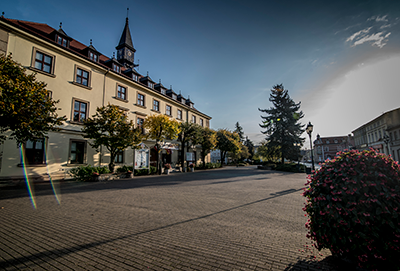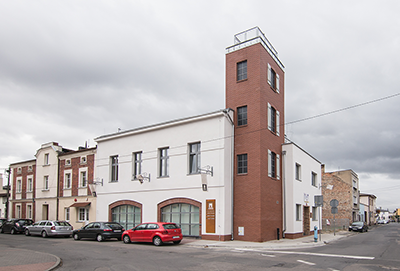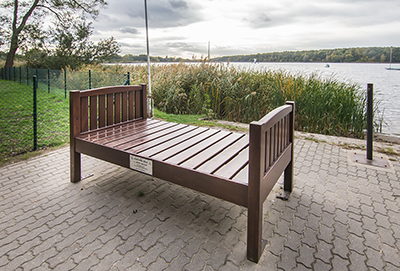W 1638 roku, Zygmunt Grudziński postanowił założyć miasto graniczące ze wsią Swarzędz i nazwać je Grzymałowo (od herbu Grzymała). Wyznaczył teren, zbudował drewniany ratusz i 36 drewnianych domów oraz zaprosił poznańskich Żydów do osiedlania się. Wkrótce dołączyli do nich ewangelicy. W mieście od samego początku panowała pełna swoboda religijna. Jego mieszkańcy, będący przedstawicielami różnych wyznań, mieli prawo wybudować swoje świątynie i założyć cmentarze. W ten sposób Swarzędz (choć nazwa Grzymałowo nie przyjęła się, to oficjalnie została zmieniona dopiero w latach 30. XX w.), składający się ze wsi i miasteczka, stał się miejscem do życia dla trzech kultur. Przez wiele lat stanowił jeden z największych ośrodków włókienniczych Wielkopolski. W połowie XIX w. włókiennictwo zostało wyparte przez stolarstwo. Warsztaty stolarskie, początkowo niewielkie i niezmechanizowane, z czasem rozwinęły się do tego stopnia, że Swarzędz stał się znany z przemysłu meblowego nie tylko w Polsce ale również za granicą.
KILKA SŁÓW WSTĘPU
Dawniej jeden z ośrodków włókienniczych Wielkopolski, obecnie miejsce prosperowania wielu warsztatów stolarskich, tapicerskich i meblowych. Historię miasta Swarzędz zapoczątkowała wieś o tej właśnie nazwie, założona w sąsiedztwie Jeziora Swarzędzkiego. Pierwsze wzmianki pisane na jej temat pochodzą z połowy XIV w.

Ratusz

Swarzędzkie Centrum Historii i Sztuki

Swarzędzkie meble